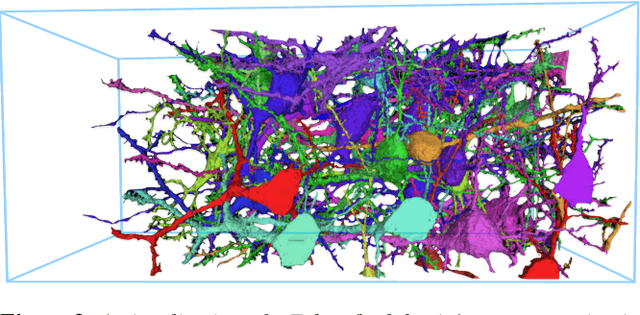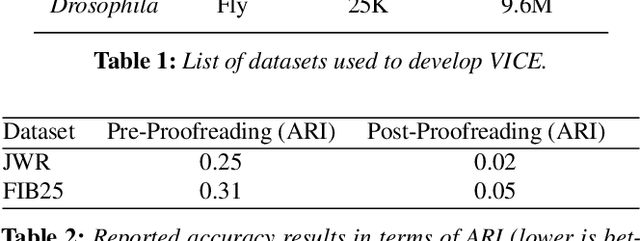Johanna Beyer
Interactive and Visual Prompt Engineering for Ad-hoc Task Adaptation with Large Language Models
Aug 16, 2022



Abstract:State-of-the-art neural language models can now be used to solve ad-hoc language tasks through zero-shot prompting without the need for supervised training. This approach has gained popularity in recent years, and researchers have demonstrated prompts that achieve strong accuracy on specific NLP tasks. However, finding a prompt for new tasks requires experimentation. Different prompt templates with different wording choices lead to significant accuracy differences. PromptIDE allows users to experiment with prompt variations, visualize prompt performance, and iteratively optimize prompts. We developed a workflow that allows users to first focus on model feedback using small data before moving on to a large data regime that allows empirical grounding of promising prompts using quantitative measures of the task. The tool then allows easy deployment of the newly created ad-hoc models. We demonstrate the utility of PromptIDE (demo at http://prompt.vizhub.ai) and our workflow using several real-world use cases.
GenNI: Human-AI Collaboration for Data-Backed Text Generation
Oct 19, 2021



Abstract:Table2Text systems generate textual output based on structured data utilizing machine learning. These systems are essential for fluent natural language interfaces in tools such as virtual assistants; however, left to generate freely these ML systems often produce misleading or unexpected outputs. GenNI (Generation Negotiation Interface) is an interactive visual system for high-level human-AI collaboration in producing descriptive text. The tool utilizes a deep learning model designed with explicit control states. These controls allow users to globally constrain model generations, without sacrificing the representation power of the deep learning models. The visual interface makes it possible for users to interact with AI systems following a Refine-Forecast paradigm to ensure that the generation system acts in a manner human users find suitable. We report multiple use cases on two experiments that improve over uncontrolled generation approaches, while at the same time providing fine-grained control. A demo and source code are available at https://genni.vizhub.ai .
VICE: Visual Identification and Correction of Neural Circuit Errors
May 14, 2021



Abstract:A connectivity graph of neurons at the resolution of single synapses provides scientists with a tool for understanding the nervous system in health and disease. Recent advances in automatic image segmentation and synapse prediction in electron microscopy (EM) datasets of the brain have made reconstructions of neurons possible at the nanometer scale. However, automatic segmentation sometimes struggles to segment large neurons correctly, requiring human effort to proofread its output. General proofreading involves inspecting large volumes to correct segmentation errors at the pixel level, a visually intensive and time-consuming process. This paper presents the design and implementation of an analytics framework that streamlines proofreading, focusing on connectivity-related errors. We accomplish this with automated likely-error detection and synapse clustering that drives the proofreading effort with highly interactive 3D visualizations. In particular, our strategy centers on proofreading the local circuit of a single cell to ensure a basic level of completeness. We demonstrate our framework's utility with a user study and report quantitative and subjective feedback from our users. Overall, users find the framework more efficient for proofreading, understanding evolving graphs, and sharing error correction strategies.
 Add to Chrome
Add to Chrome Add to Firefox
Add to Firefox Add to Edge
Add to Edge